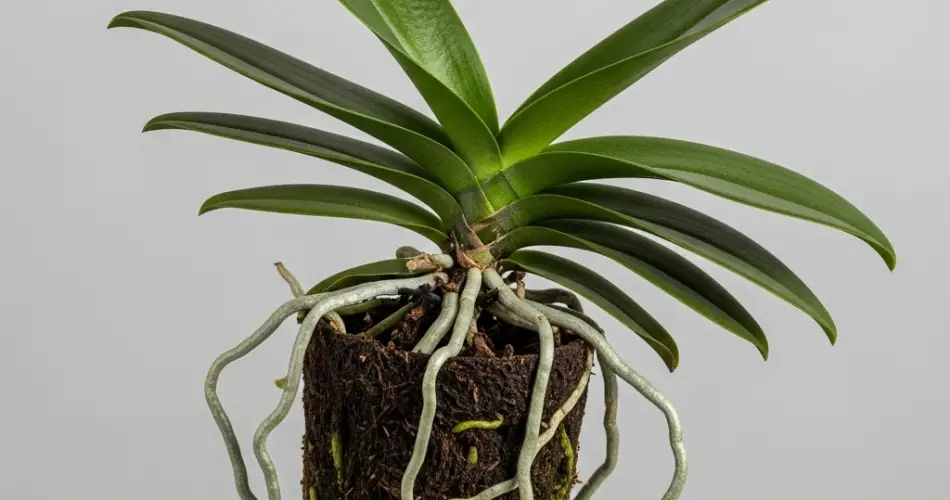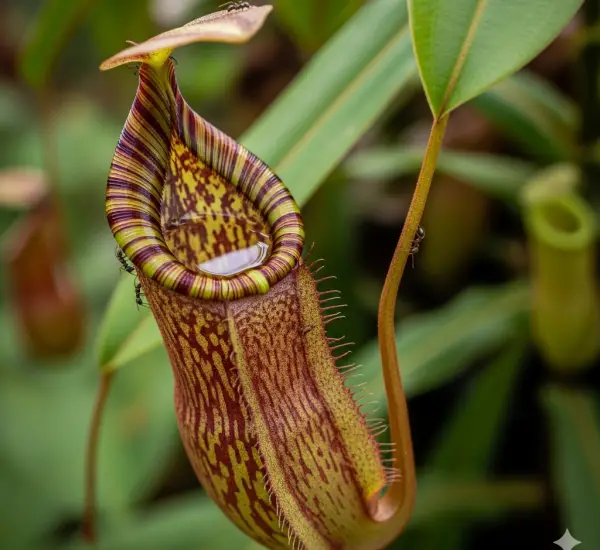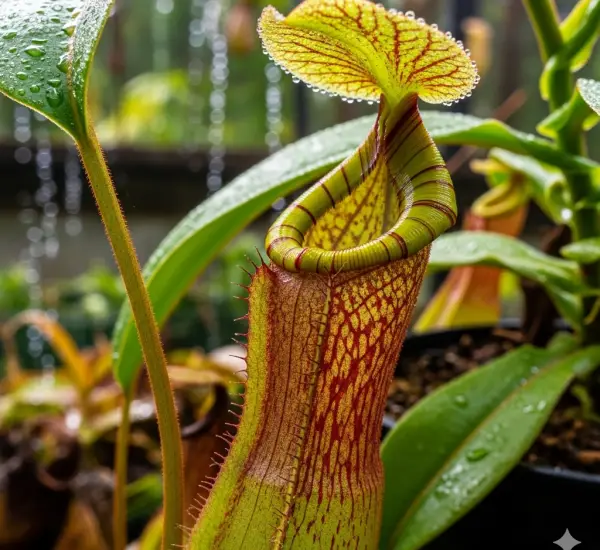Orchids are known for their stunning, long-lasting blooms and graceful beauty. However, if your orchid has stopped flowering and shows no signs of producing buds, you’re not alone. This is a common issue for many orchid owners, but fortunately, it’s often easy to correct once you understand what your plant needs.
In this guide, we’ll explore the main reasons why orchids stop blooming and offer simple, effective strategies to encourage them to flower again.
1. Lack of Light
One of the most common reasons an orchid won’t bloom is insufficient light. Most orchids, especially the popular Phalaenopsis variety, need bright, indirect sunlight to trigger flowering.
What to do:
-
Place your orchid near a bright east- or south-facing window.
-
If your home lacks natural light, consider using a grow light for 12–14 hours a day.
-
Monitor leaf color: healthy leaves should be light to medium green. Dark green leaves often indicate too little light.
2. Incorrect Temperature Conditions
Orchids rely on temperature changes to initiate their blooming cycle. Many species need a drop in temperature to trigger flower spike production.
What to do:
-
For Phalaenopsis orchids, try exposing them to night temperatures of 55–60°F (13–16°C) for a couple of weeks while keeping daytime temps around 70–75°F (21–24°C).
-
Avoid placing orchids near heaters, radiators, or air conditioning vents, which can cause stress.
3. Improper Watering
Too much or too little water can stress your orchid and prevent blooming. Overwatering is especially harmful, as it can lead to root rot and poor nutrient absorption.
What to do:
-
Water only when the top inch of potting medium feels dry.
-
Use the “soak and drain” method—water thoroughly, then allow the pot to drain completely.
-
Never let your orchid sit in standing water.
-
Adjust watering frequency based on humidity, temperature, and season.
4. Not Enough Feeding
Orchids grown in bark or moss have limited access to nutrients. If your plant isn’t getting the right nutrients, it may grow leaves but fail to bloom.
What to do:
-
Feed with a balanced orchid fertilizer (like 20-20-20) diluted to half strength.
-
Fertilize every 2 weeks during the growing season and once a month during dormancy.
-
Flush the pot with plain water monthly to prevent salt buildup.
5. The Orchid is in Its Resting Phase
After blooming, orchids enter a resting or dormant phase. During this time, they focus on storing energy and may not produce flowers for several months.
What to do:
-
Continue regular care—light, watering, and occasional feeding.
-
Be patient—new flower spikes often appear in late fall or early spring.
-
Avoid repotting or disturbing the plant during this phase.
6. Old or Damaged Roots
Healthy roots are essential for orchid blooms. If the roots are damaged or rotted, the plant can’t absorb enough water or nutrients to support flowering.
What to do:
-
Remove the plant from its pot and inspect the roots.
-
Cut away any soft, brown, or mushy roots using sterilized scissors.
-
Repot the orchid in fresh orchid mix if the medium has broken down or smells sour.
7. Wrong Potting Medium
Orchids need a fast-draining potting medium. If you’re using regular potting soil, your orchid may be suffocating from poor drainage.
What to do:
-
Use a mix specifically designed for orchids—typically made of bark, sphagnum moss, or coconut husk.
-
Make sure your pot has drainage holes to allow excess water to escape.
-
Replace the potting mix every 1–2 years to maintain airflow and root health.
8. No Pruning After Blooming
If you leave an old flower spike in place, the orchid may not focus energy on producing a new one.
What to do:
-
For Phalaenopsis, cut the spent flower spike just above a node (bump) to encourage side branching and possibly new blooms.
-
If the spike turns brown, cut it off at the base to encourage the plant to grow a new one.
9. Stress From Relocation or Repotting
Orchids don’t like abrupt changes. Moving them or repotting too frequently can delay blooming.
What to do:
-
Keep your orchid in a consistent environment with stable temperature and lighting.
-
Only repot every 1–2 years or when absolutely necessary (e.g., overcrowded roots or decomposed medium).
10. The Orchid Needs More Time
Sometimes, a healthy orchid simply needs more time. Younger plants or recently divided orchids may take a year or more to bloom.
What to do:
-
Focus on consistent care.
-
Look for signs of new leaf or root growth—these are good indicators that blooming will follow.
Final Thoughts
If your orchid isn’t blooming, don’t worry—it’s usually a fixable issue. By adjusting light levels, feeding regularly, checking for root health, and being patient, you can create the right conditions to encourage flowering. With attentive care and the right environment, your orchid will reward you with a spectacular display of blooms that are well worth the wait.



